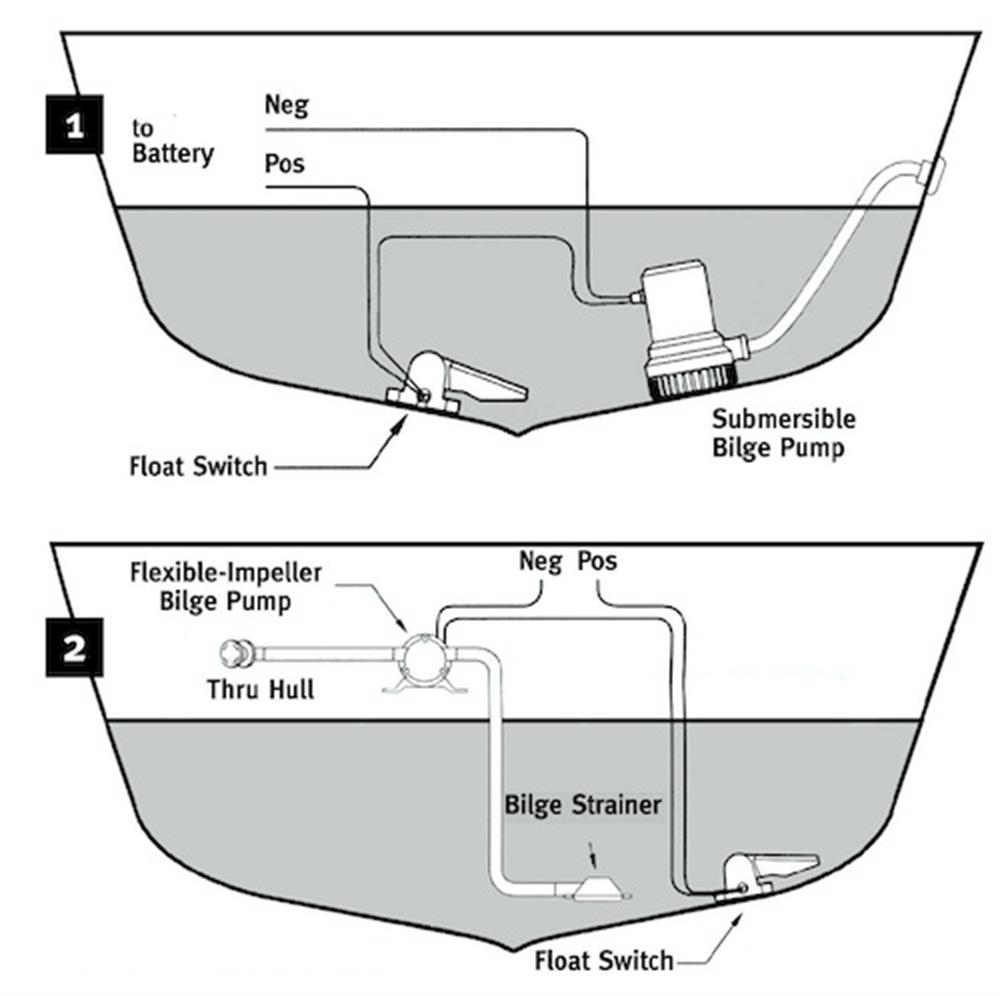- English
- Español
- Português
- русский
- Français
- 日本語
- Deutsch
- tiếng Việt
- Italiano
- Nederlands
- ภาษาไทย
- Polski
- 한국어
- Svenska
- magyar
- Malay
- বাংলা ভাষার
- Dansk
- Suomi
- हिन्दी
- Pilipino
- Türkçe
- Gaeilge
- العربية
- Indonesia
- Norsk
- تمل
- český
- ελληνικά
- український
- Javanese
- فارسی
- தமிழ்
- తెలుగు
- नेपाली
- Burmese
- български
- ລາວ
- Latine
- Қазақша
- Euskal
- Azərbaycan
- Slovenský jazyk
- Македонски
- Lietuvos
- Eesti Keel
- Română
- Slovenski
- मराठी
- Srpski језик
What is a Bilge Pump?
2024-04-28
Fresh and corrosive seawater can find its way to the bilge wells due to leakage in pipelines, leaky pumps, valve glands, machinery, propulsion systems, overflowing of tanks, and even accidental spills. The resulting mixture formed is known as bilge water and you do not want it onboard. That’s where bilge pumps come in. Bilge pumps are that last line of defense against your boat sinking. Unfortunately, most boaters believe that one pump is sufficient. That is actually the bare minimum required, and three or four pumps per craft is recommended.
A bilge pump is easily overlooked as it is usually installed under the boat’s engine on an inboard. Also the U.S. Coast Guard does not require recreational boats to have them. But this is no optional piece of equipment. Here’s what you should know about boat bilge pumps:
•Most boats have either a submersible or centrifugal bilge pump
Boat bilge pumps may be supplemented with an additional manual pump in case of power loss
•Centrifugal pumps can have a large footprint and can clog easily. We recommend an auxiliary diaphragm pump with in-line strainer to supplement
•A fourth kind of bilge pump, a high capacity pump powered by an engine or electricity is another great option
•It is also recommended to carry a five gallon bucket on board should your boat be caught in a gale and its bilge system fail
Keep Your Pumps in Working Order
Get in the habit of routinely testing and inspecting your bilge pumps, especially if your boat will be sitting in water unattended. One of the main reasons bilge pumps fail is due to foreign objects jamming the pump. Sand, leaves, grass, and branches can breach the filtration system and cause damage to the pump itself.





